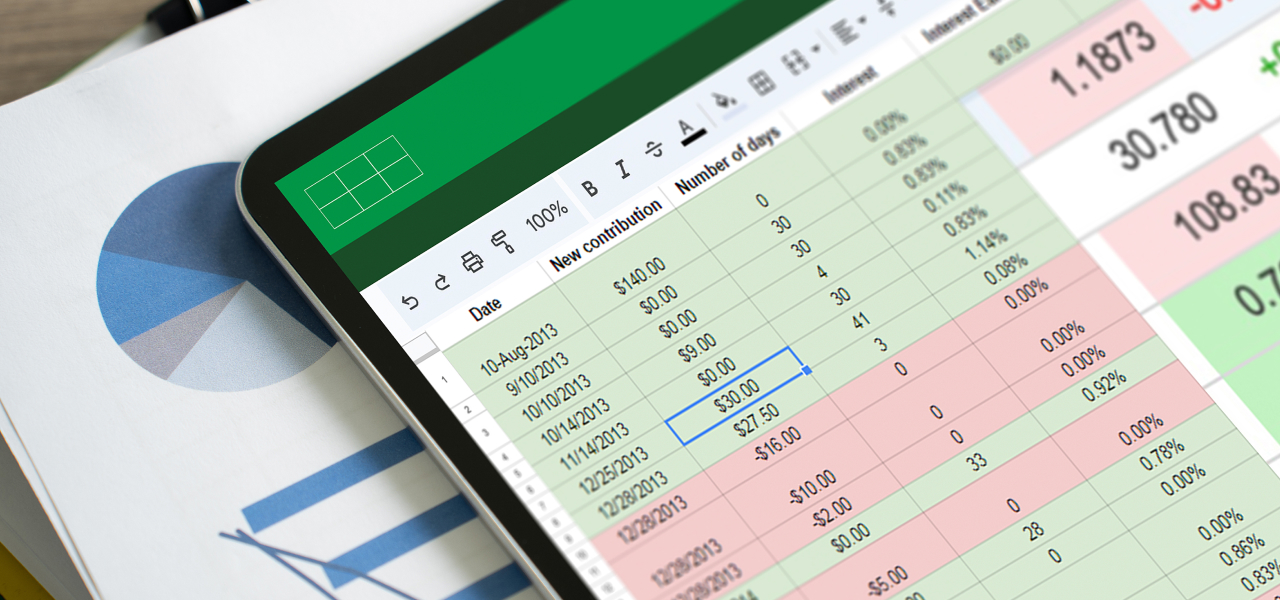Valuation methods for Private equity agreements are complex. They require extensive study and evaluation of different criteria before making an investment choice. Private equity agreements require identifying the fair market value of the target business or asset. Accurate appraisal is crucial for making informed investment decisions, negotiating agreements, and controlling risks. This article will examine prevalent valuation techniques used in private equity transactions.
CCA as a Valuation Method for Private Equity
Investors or businesses can choose from different approaches for valuing a firm based on their needs and available facts. The Comparable Company Analysis (CCA) is a popular valuation approach. It assumes that companies of similar size, industry, and stature will have similar values.
Remember that CCA value may differ from actual valuation. The current share price of a company may not reflect its true value if it’s $100. The share’s value could be $200, $40, or another amount.
Avoid investing in a firm if the share’s actual value is less than the $100 market price. If the share’s true worth is higher than $100, the company might be undervalued. It represents a promising investment opportunity.
The CCA can help calculate a company’s net value. They do this by looking at similar organizations and their valuations. It estimates the intrinsic value of the business. It clarifies the discrepancy between estimated value and current market value. Additionally.

Discounted Cash Flow (DCF)
The DCF valuation process estimates a company’s worth using projected future cash flows and the NPV method. To use this strategy, assumptions must be made about the business’s future function and cash flow production. These are then converted to current dollars for a comparable value.
The DCF technique is theoretically sound because a company’s worth comes from the value of its projected future cash flows. Academics, corporate finance experts, and other professionals use DCF.
DCF has possible flaws. The valuation depends on assumptions and forecasts. If one assumption is incorrect, the valuation can be very different. The DCF approach is often associated with the saying “Garbage in = Garbage out.”
DCF doesn’t include market-related valuation data. This data could act as a “sanity check” on valuation outputs. It’s advised to combine DCF with other methods for accurate results.
Analysis of Prior Transactions (PTA)
M&A Comps uses precedent transactions analysis to determine the worth of a current deal by examining past prices of comparable companies. People also use this method to estimate the implied stock price in case of an acquisition. Remember, the analysis gives the acquisition price at closing, not now.
PTA uses the buyer’s price for a business to value it. It’s different from comparable company analysis, which looks at a company’s traded market prices. This approach considers the control premium. The control premium is the value of owning the entire company. PTA usually has a higher valuation than other methods.
Analysis of Leveraged Buyouts (LBO)
A financial buyer, like a private equity fund, purchases a company or part of a corporation. They use a lot of debt in a leveraged buyout (LBO). Debt finances most of the purchase price. Financial buyers contribute less equity than the total.
LBO research aims to determine the maximum purchase price for a company by considering leverage levels and equity return criteria. Investors can determine a company’s minimum valuation by analyzing the leverage and equity features of a leveraged transaction at a specific price.
The LBO analysis provides a “floor” valuation for the business. This helps determine the maximum amount a financial sponsor can spend on the target and still make a profit. The LBO business needs to be a willing buyer at a price that generates an estimated equity return. This return should meet the firm’s hurdle rate. There should be no strategic bidders.
An LBO is a preferred acquisition method for financiers. It helps them buy a business with minimal equity. LBO research helps investors determine the highest price they can offer for a company and still get a good return on investment.
Conclusion
Valuation methods for private equity transactions involve complex business dealings. These require thorough research of multiple issues. In conclusion. Valuing private equity agreements is important. It requires understanding the target company’s finances, market, and potential growth. This blog covers valuation techniques like CCA, DCF, PTA, and LBO analysis. Private equity transactions use these methods to provide different perspectives on a company’s fair value. Pros and cons exist for valuation methods. You can use a combination of methods for accuracy. Proper due diligence is necessary for investment decisions to ensure informed decision-making and risk management.







